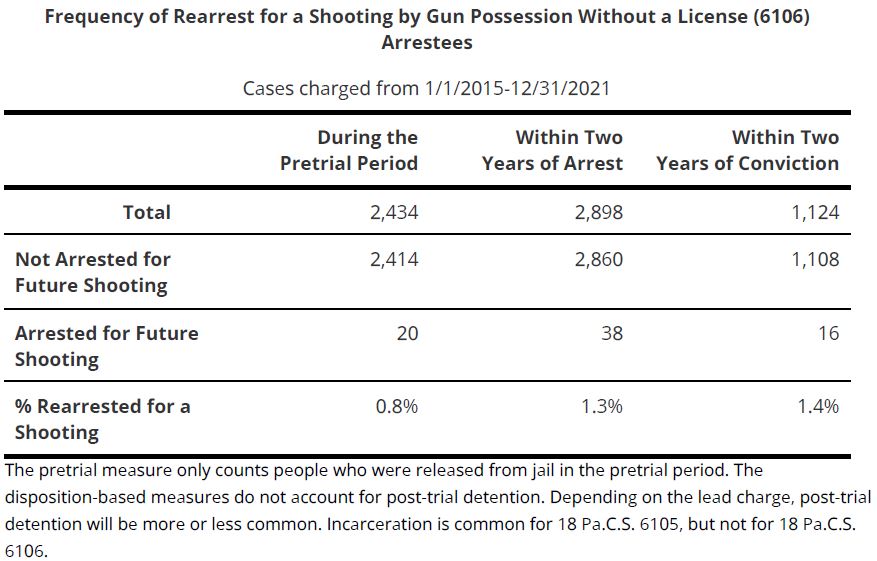
New Research Indicates Police Shootings Involve Almost Twice the Number of Bullets Compared to Civilian Homicides
In an essential investigation released in the American Journal of Preventive Medicine, researchers have discovered that when law enforcement officers fatally shoot individuals, they discharge nearly twice as many bullets per victim than in civilian-involved homicides.
The research, led by Dr. Vageesh Jain and co-authored by David Hemenway from the Harvard Injury Control Research Center, examined data from the National Violent Death Reporting System (NVDRS) spanning a 15-year timeframe from 2005 to 2020. The findings illuminate the application of force by law enforcement in the United States, uncovering significant trends in the number of gunshot wounds, racial inequalities, and geographic variations.
Key Conclusions of the Research
– Individuals shot by police incurred an average of six gunshot wounds, almost double the average of four wounds in civilian homicides.
– Roughly 80% of those killed by law enforcement experienced multiple gunshot wounds.
– U.S. law enforcement officials kill over 1,000 civilians annually — the highest rate among developed nations.
– Men were 26 times more likely to die in police shootings than women.
– Black, Hispanic, and American Indian or Alaska Native individuals were more than twice as likely to be fatally shot by police compared to white individuals.
– The age group of 25 to 34 had the highest rates of fatalities from police shootings.
– Residents of Western U.S. states faced a fourfold increased risk in comparison to those living in the Northeast.
Weapon Usage Alone Doesn’t Fully Explain the Situation
A common rationale provided for police shootings is that the individuals were armed. According to the findings, 76% of those who lost their lives at the hands of police possessed a weapon during the incident — a higher percentage than in many civilian homicide cases. However, the study highlights a critical detail: Black individuals killed by police were less likely to be armed (69.3%) compared to white individuals (78.0%).
Even when accounting for the presence of weapons, the data showed that Black victims and individuals from non-Northeast states experienced a greater number of bullet wounds per fatality, prompting inquiries into the consistency and fairness of law enforcement responses across various communities.
Assessing Lethal Intent Beyond Just Gunfire
A noteworthy feature of this study is its emphasis on the quantity of gunshot wounds — a frequently neglected measure that may act as an indicator of the level of lethal force applied. Co-author David Hemenway stated, “Our study indicates that the number of bullet wounds in victims shot and killed by police is significantly higher than the number of bullet wounds in cases where the victim is shot and killed by other civilians.”
This perspective could transform discussions about policing and public safety, shifting focus from whether an individual was shot to how many times — a pivotal sign of escalation and combat dynamics.
Training, Policies, and Accountability
The authors of the study argue that the use-of-force policies and training regimens across the U.S. significantly influence the outcomes of these violent confrontations. In America, police officers are generally trained to “neutralize the threat” — often understood to mean firing until the suspect is incapacitated, a concept that diverges from policing standards in many other affluent nations.
Although designed to improve officer safety, this tactical approach has sparked concerns, especially in situations involving unarmed or at-risk individuals. The regularity with which law enforcement employs lethal force, even in scenarios presenting non-lethal threats, is attracting renewed scrutiny from public health professionals and civil rights advocates.
“Law enforcement fatally shoots over 1,000 civilians each year, more than any developed country,” Dr. Jain elaborated. “More than half of these nearly 1,000 annual victims of police shootings have more than four gunshot wounds, suggesting substantially more than four shots were fired.”
Geographical Disparities and Systemic Factors
Location also significantly influences the prevalence and characteristics of police-related shootings. Individuals residing in the Western United States are four times more likely to be fatally shot by police than those in the Northeast. Not only do fatality rates vary by region, but the number of bullet wounds administered per fatality also differs.
“Our results imply that rates of gun-related crime and police firearm practices vary widely among regions, highlighting the intricate interplay of factors contributing to police killings,” Dr. Hemenway commented.
Shortage of Accountability Amid Nationwide Outcry
In spite of the concerning statistics and widespread public uproar — intensified by notorious incidents like the 2020 shooting of Jacob Blake — legal accountability for police officers involved in fatal shootings is still limited. Between 2005 and 2019, only four officers faced murder charges, and 18 were charged with manslaughter for on-duty shootings.
The study underscores the pressing need for reforms that tackle both the systemic drivers of unequal policing and the